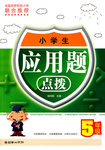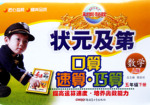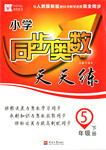题目内容
假如你是李华,你打算明年作为交换生到美国Michigan University去学习。你从网上得知一家美国机构提供寄宿家庭的信息。因此你给他们发一封电子邮件,邮件主要内容包括:
1你对房屋类型及位置的要求;
2,要求免费提供一些生活设施;
3.期望月租;
4期盼尽快回复。
注意.1.词数l00左右;
2开头和结尾已写好,但不计入总词数;
3可以适当增加细节,以使行文连贯。
Dear Sir or Madam.
I'm going to study in Michigan University as an exchange student next year.
________________________________________________________________________
________________________________________________________________________
________________________________________________________________________
________________________________________________________________________
________________________________________________________________________
________________________________________________________________________
Yours sincerely,
Li Hua
Dear Sir or Madam,
I’m going to study in Michigan University as an exchange student next year. Having learned from your website that you provide accommodation information for overseas students, I’m writing to look for a suitable host family. My requirements are as follows.
First of all, I’d like to have my own single room, which is comfortable for me to stay in. Second, the flat should be in the center of the city, where the traffic is convenient for me to go around. Third, I’d appreciate it if the host family could provide a washing machine and some other essential equipment for free so that I can wash my clothes and cook my meals. Besides, the monthly rent should be no more than $300.
I’m looking forward to hearing from you as soon as possible.
Yours sincerely,
Li Hua
【解析】
试题分析:本书面表达要求是一篇书信类作文,要求有: 1你对房屋类型及位置的要求;2,要求免费提
供一些生活设施; 3.期望月租;4期盼尽快回复。 注意.1.词数l00左右;2开头和结尾已写好,但
不计入总词数;3可以适当增加细节,以使行文连贯。还可以自己加入想法。
亮点:应用了较多的语法结构和词语法结构或词汇方面有些许错误,但为尽力使用较复杂结构或较高级词汇所致。有效地使用了句间的连接成分,使全文结构紧凑。完全达到了预期的写作目的。
考点:考查书信类作文

 应用题点拨系列答案
应用题点拨系列答案 状元及第系列答案
状元及第系列答案 同步奥数系列答案
同步奥数系列答案